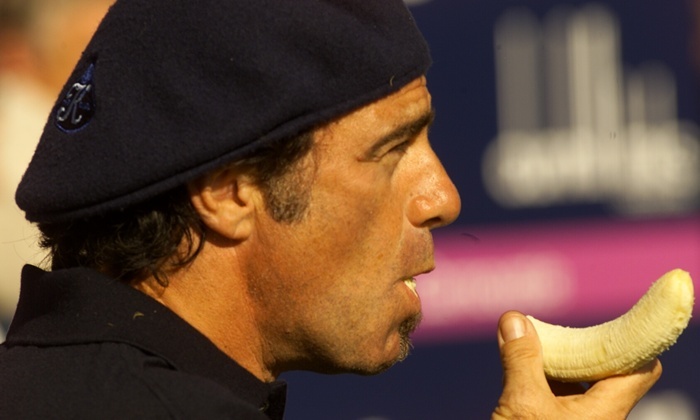I’m sorry to take you all back to long-forgotten Higher English studies, but this week I feel a little like Winston Smith at the end of “1984”.
As you’ll no doubt recall, in the final words of George Orwell’s seminal novel we understand that Winston’s resistance to The Party has been demolished by the traumas of Room 101 as he weeps when he sees a poster of Big Brother, and realises he loves the dictator.
Well, after 20 years not quite as traumatic as having a cage of rats fitted to my face, I too have had an overdue epiphany.
I love the Dunhill.
In the two decades I have covered the various formats of the event staged mostly on the Old Course each year, just as winter starts to poke us in the back, it’s fair to say that “love” hasn’t been in the vocabulary.
The old international team format is often fondly recalled but it was messy, they changed the rules almost every year and it was mostly the novelty value and the occasional epochal upset not least Scotland’s losses to Paraguay and Taiwan which made it halfway bearable to be wrapped in four layers of clothing.
Then a decade ago the Dunhill paymaster Johan Ruppert changed it all by making the Dunhill a “celebration of links golf”, over the Old Course, Carmoustie and Kingsbarns, effectively the European version of the long-standing Pebble Beach Pro-Am in the USA which used to bear Bing Crosby’s name.
That pitched us into the world of six-hour rounds with “celebrity” golfers. Some actually are celebrities, like movie stars Michael Douglas, Hugh Grant and Kyle McLachlan, and there were other perennials, including country singers, retired sportsmen and always, always, alwaysTico Torres, who apparently is the drummer with Bon Jovi. But the vast majority were rich people who had paid handsomely for the privilege of playing.
The first year of this format in 2001 was, to be blunt, absolutely torturous. It seemed as if it would never finish as rain fell, winds blew, and it ran into Monday. Reviews were scathing, and we had the bizarre scene of cricket legend Sir Ian Botham coming into the press tent to berate golf journalists for their criticism of the format.
As often happens in golf events, a dire tournament was saved by an outrageous finish as Paul Lawrie’s putt from the Valley Of Sin won it. But it was very nearly a disaster.
Mr Ruppert, hugely successful in business, is a man accustomed to being right and he wasn’t for paying attention to any criticism. And 12 years on, the event remains the same as it was that first year, other than the judicious use of two-tee starts to ensure that it all gets played.
It’s clear that those attending the Dunhill fall into two camps those who play in it, who love every minute, and those who don’t, who would rather be elsewhere.
But it’s taken me some time and indeed, the economic straits the European Tour is currently suffering to see the golden treasure that we have in the Dunhill, and indeed, in Mr Ruppert.
The bottom line is that at the end of the British golf season, we have a high-profile tournament worth considerable millions and almost always although it’s a wee bit light that way this year with a quality international field.
Mr Ruppert, pretty much the definition of a golfing fanatic, has a genuine love of links golf which ensures that it is here the event is staged, rather than taking his money to his homeland of South Africa or to the PGA Tour.
Into the bargain, his considerable largesse means the Dunhill almost always has a huge bearing on the Order of Merit/Race to Dubai chase. Furthermore, those who did play unquestionably benefitted for more important tournaments on the great courses, witness Louis Oosthuizen at the Open in 2010 and Padraig Harrington at Carnoustie in 2007.
The key difference is, however, to imagine what the golf season would be like each year if there wasn’t a Dunhill. We’d effectively be finished with top class golf in Britain by the end of August.
Taking us into October is plenty reason to start loving the Dunhill.
